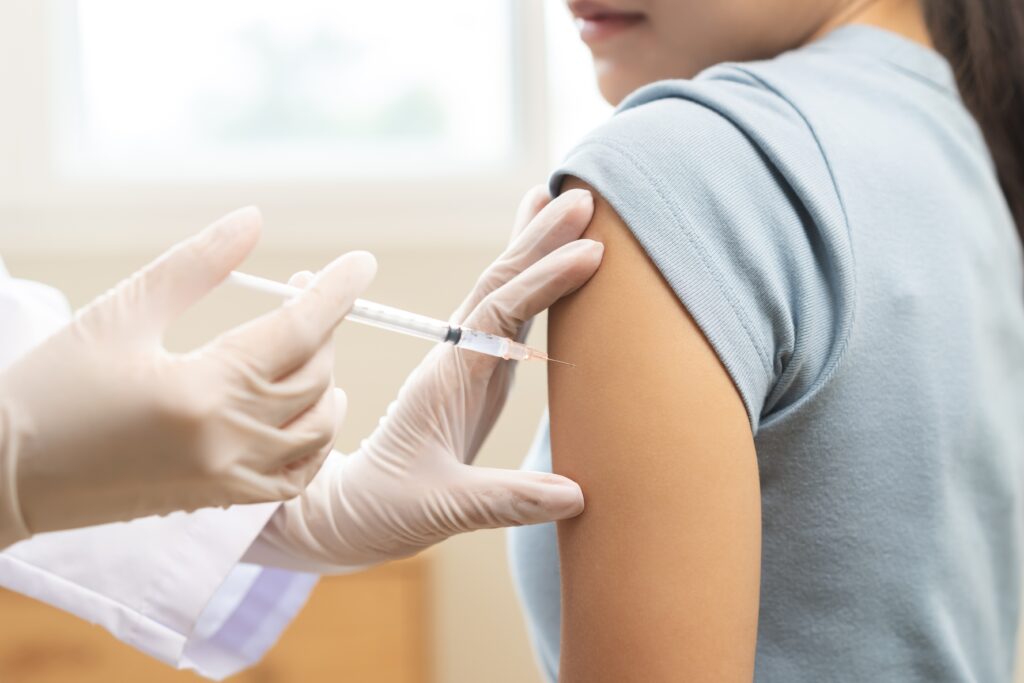Advisers to the U.S. Food and Drug Administration (FDA) voted Thursday to support a broad recommendation on the coronavirus strain to be used in the 2025 Covid-19 vaccines. This approach allows the FDA to keep current vaccine formulas or update them to better match the circulating virus variants.
The vote took place during a meeting where experts discussed the FDA’s updated vaccine approval process. Some advisers raised concerns that changing the vaccine strain could slow vaccine availability in the fall, especially since updated vaccines might require new regulatory approval.
Captain Sarah Meyer, a pediatrician and head of the Immunization Safety Office at the U.S. Centers for Disease Control and Prevention (CDC), asked how the new approval rules could affect strain selection. She wondered if picking a new strain would mean more clinical trials are needed.
Dr. Jerry Weir, senior FDA official and director of the Division of Viral Products, responded that this issue was beyond the meeting’s focus. He said the priority was deciding the right strain now, while other details would be addressed later.
The FDA’s revised framework keeps flu vaccine-like data requirements for older adults and people at high risk. But for healthy children and younger adults, the FDA now requires placebo-controlled clinical trials. These trials take longer and demand more resources, which might delay vaccine production before the fall season.
Dr. Stanley Perlman, immunologist at the University of Iowa and advisory committee member, voiced concerns that choosing a new strain could push back vaccine availability due to stricter rules.
FDA representatives could not promise that strain changes would not affect fall distribution. Dr. David Kaslow, head of the FDA’s Office of Vaccines Research and Review, emphasized that the current goal is to select the best strain to ensure vaccines are ready on time.
The committee voted to direct next year’s vaccines toward the JN.1 family of coronavirus variants, which spread widely last year. They did not specify a single strain but noted that JN.1 and its sublineages, like KP.2, have been part of vaccine formulas and remain effective against current infections.
The World Health Organization also supports using vaccines based on JN.1 or KP.2 for ongoing immunization.
Vaccine makers presented data showing that vaccines based on JN.1 and KP.2 raise antibody levels well. However, they also suggested that vaccines targeting a newer variant called LP.8.1 might boost antibodies even more.
Dr. Hayley Gans, a pediatrician from Stanford University, urged the committee to consider switching to LP.8.1 for the fall shot. She said, “We must stay ahead of the virus, not just react. The goal is a vaccine that works best over time.”
Infectious disease expert Dr. Eric Rubin agreed, saying, “Even if differences seem small now, we need a strain that offers long-lasting protection.”
Dr. Kaslow closed the meeting by saying the FDA would soon finalize the 2025-26 vaccine makeup, allowing manufacturers to produce enough doses before fall.


